Believe it or not, I don’t like writing bad reviews much, but what can I say? Wes Craven’s Scream 3 is disappointing. Putting aside a certain character’s hair in the movie, let’s look at some problems it has, be they large or small.
Yes, Ghostface is back to kill again, which is to be expected. The usual question will emerge: Who is the killer? We’re also supposed to wonder about the motive. As these sequels pile up, those questions get harder to even ask, and suspension of disbelief becomes more of a looming presence. After all, just how many times can Sidney Prescott (Neve Campbell) be targeted as part of a mass murder campaign, by various assailants, all for related-yet-different reasons? Also, how many times can these plots still involve Dewey (David Arquette) and Gale Weathers (Courteney Cox), and Cotton Weary (Liev Schreiber)?
Unfortunately, Scream 3 doesn’t successfully address all of these concerns. Basically, I had a harder time suspending disbelief and just enjoying the movie. Granted, you can tell they tried to make it work, but it was becoming a tired formula by this point.
The simple reality is, ideas tend to get old after a while. For example, back when Squeaky Fromme attempted to assassinate President Gerald Ford, it was probably more shocking in 1975. Nowadays, though, people are so jaded by shootings that they almost shrug them off at this point. At a certain point, it’s almost unfair to expect people to stay in perpetual shock over tragedies. A similar dynamic holds true for this movie.
Ghostface
Like all Scream movies, part 3 has to reveal Ghostface, then “expose him” at some point. Yes, he introduces himself in an interesting way, as we see he can alter his voice to seemingly match any character he wants. That is sort of a cool ability. However, it’s truly one of the few elements to the mystery that kept my attention. Other than that, the characters seem oddly almost disinterested in the events surrounding them. Could it be they’re written to be too far in on the joke?
Self-Awareness Stretching Thin?
Wes Craven’s original Scream helped rejuvenate modern horror, partly by giving us the self-aware horror movie. While it was never my favorite franchise, I can respect damn near anything for being influential. Also innovative: Ghostface almost has this vibe of the “Anti-Hero” of slasher villains. There’s something “underdog-like” about him, and at no point will the average viewer see him as a near-invincible killer like Freddy, Jason or Michael Myers. It makes the movie seem more real, and we may even identify with the killer more (as freaky as that sounds).
Scream also made fun of itself. The other characters are almost self-aware “stock” characters. For example, Dewey Riley seems like a bit of an everyman, and an underachieving cop. while Gale Weathers is the self-serving, roving reporter. All of the other characters are there to supplement what kids now call “tropes,” and we recover from these elements understanding this idea was somewhat innovative at the time. We are also in on the joke. That can work once, maybe twice, but it can easily be stretched thin as a concept. Scream 3 just seems like a movie that didn’t need to happen. It has nothing new to say.
More Reasons it Falls Short
Sid walks into the movie at various points, characters angrily confront somebody, they fight Ghostface, and that about sums up the whole affair. Like in the original Scream, there are sordid details about Sidney’s mother and father, and, again, we’re supposed to believe that this would result in numerous murder rampages. Unlike, say, Wes Craven’s New Nightmare, where the killer emerges from a nightmare world into reality, Ghostface somehow keeps emerging from long-buried sexual dalliances, to oddly hold people accountable for them who really were not involved. That becomes a very odd pattern, especially if you really try to piece it together.
However, if you don’t even care about the truth behind the murders, Scream 3 has basically failed to do its job. That would describe my experience with this movie. It was not more disturbing than the original two, nor more fun. In fact, there’s another odd factor here which takes away the suspense: There’s never a sense that Sidney can’t solve the mystery and crimes in time to save her life. There’s little tension.
I Don’t Remember Any of the Kills
Here’s the critique that’ll really hurt overall fans of the Scream franchise. I don’t remember any kills from Scream 3 very well, and I just watched it. That’s unfortunate because let’s face it: That’s one of the few elements that might have helped saved the movie. I’m a bit puzzled as to why there aren’t more creative, messed up kills here.
For example, how about someone gets her eyes ripped out and stuffed in her bra? It’s a terrible, shocking idea, and the suggestion might’ve resulted in protesters at screenings…but would it have been a memorable scene? Yes! I feel messed up for suggesting it, but scenes like those are what put Giallo movies on the map. Some of those movies are genuinely on the shitty side, but we remember them because of their creepy, innovative, outright offensive and outlandish kills.
My Theory On Why Scream 3 Falls Short
I could take heat for suggesting this, but I think Wes Craven wasn’t so much about shocks anymore near the end of his life. In fact, there’s a sense he might’ve been bored with the horror genre, like he may have felt confined to it. I can understand that. Sure, I think it’s fun to see an obnoxious character’s hand in a blender or have them get mauled by a mountain lion, or what have you, but I don’t watch horror exclusively, either. If your heart’s just not in it, it’ll probably be reflected in the movie.
Maybe I shouldn’t say the movie is a failure, but it falls a little short. In terms of its action, an element I like is the “hunter becomes the hunted” dynamic, where Sidney is basically running after Ghostface at times. Still, that’s not a unique “survivor girl” fare. The only other element that’s striking is when characters stumble upon a secret door, which makes it so much more “Scooby-Doo” (though no one in Scooby-Doo was ever dismembered, or even drenched in blood).
Beyond that, most of “Scream 3” is about Sidney Prescott being oddly attached to her mother’s (real or imagined) shortcomings. In the movie, she even works as a crisis worker, talking people out of suicidal thoughts and behaviors. That was sort of a nice angle. However, it also wasn’t enough to sustain my interest in this movie. Why did I write so much about it then? Because Wes Craven was so good that even his lesser movies tend to make me think.
What are your thoughts on Scream 3? Am I being too brutal on it? Scream at me in the comments!



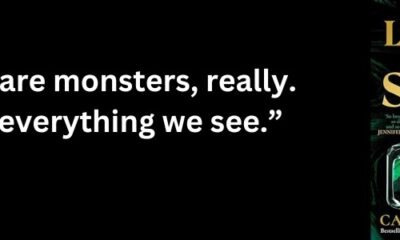

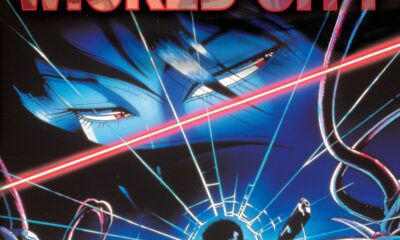





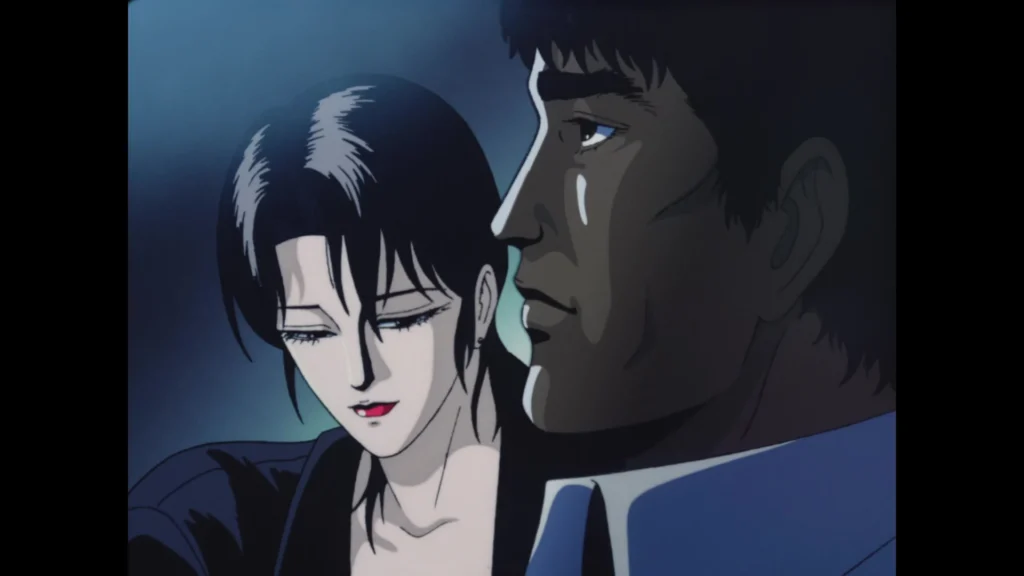



 (2 / 5)
(2 / 5)
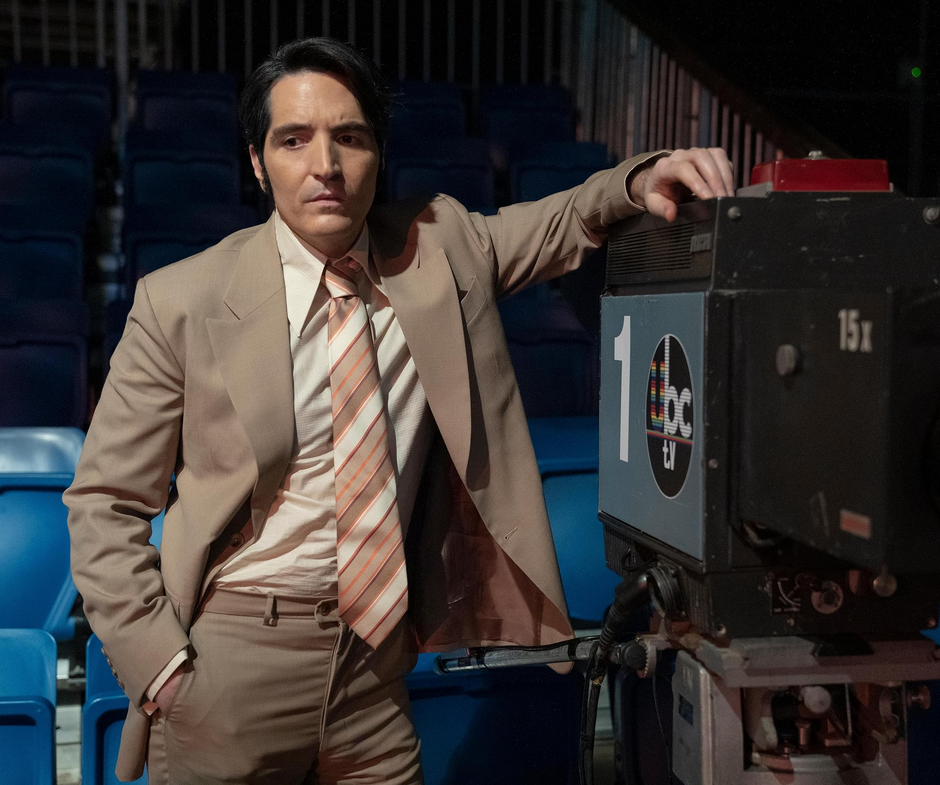

 (4 / 5)
(4 / 5)
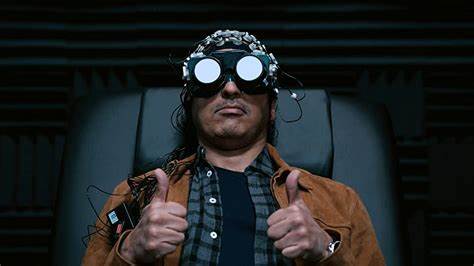
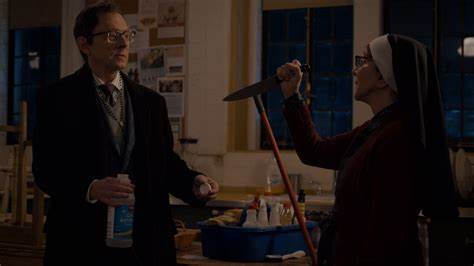
 (3 / 5)
(3 / 5)
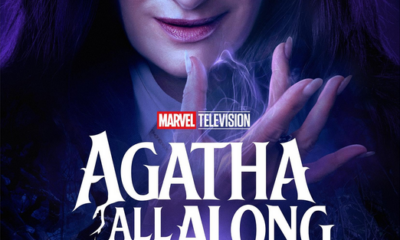

Nicole Luttrell
July 15, 2020 at 12:00 pm
You are not wrong! The only good part was the first ten minutes, because Liev Shriber was in it. After that you can turn the movie off.
Wade Wainio
July 15, 2020 at 12:12 pm
Like I said, they could’ve at least partly salvaged it with interesting, shocking kills. I even watched a video of all the kills to make sure I wasn’t missing something…turns out I was right to say they weren’t interesting, either.